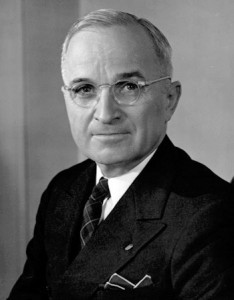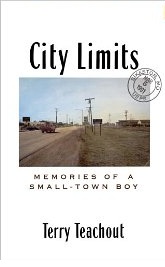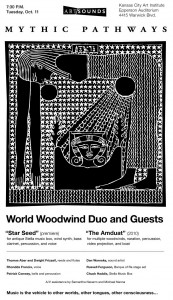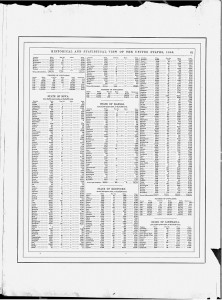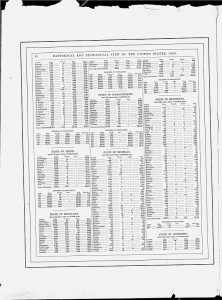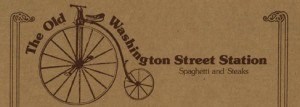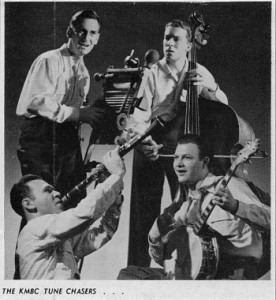“My, the fresh air is wonderful,” says Ulysses S. Grant to the Statue of Liberty as they exit Grant’s Tomb. “Say now, the first thing we might do ma’am, is to step across the street into that bar.” “Well, perhaps just one little drink Ulysses, but later,” Miss Liberty replies.
This is not the beginning of a joke. It is part of the radio play Miss Liberty Goes to Town, written by Norman Rosten for the series “Treasury Star Parade.” This series, which ran from 1942-1944 on over 800 radio stations across the U.S., was produced by the Treasury Department in order to help stimulate the sale of war bonds.
Many of the plays in this series use harsh realism to press the need to buy war bonds. In one play, Paris Incident, Bette Davis plays a French woman defying the Nazis. She is whipped when found out, the strikes forming the percussive rhythm to the musical score. However, in Miss Liberty Goes to Town, fantasy is used to create an entertaining plea for generous giving.
In this radio fantasy, Miss Liberty gets tired of staring out to sea, and to the surprise of nearby airplane pilots and the passengers on the Staten Island ferry, she shrinks down to human size and hales a cab. She wants to go somewhere historical that she remembers when she first came to America. The taxi driver suggests Grant’s Tomb. Here she wakes the ghost of Grant. They make introductions. The general ghost tells the lady statue that she still looks good, “a little tarnished,” but still good. The lady statue explains why she left her post, “I want to see what is going on behind my back, Ulysses. I keep looking out to sea all the time, and sometimes I wonder if the people behind me are the same. If their still worthy of the torch I hold aloft for them.”
They stroll for a few minutes on Riverside Drive, and the Statue of Liberty is satisfied that people are still patriotic enough. The strange couple sees women working at a manufacturing plant proudly making shell casings. They pass a long line of men waiting to buy war bonds (this really convinces her). Before they part Grant proposes they continue to see each other.
“Miss Liberty,” he solemnly begins, “I’m a man of few words. I kind of took a fancy to you today. Neither of us is getting any younger. Will you marry me?” She politely turns him down.
Miss Liberty Goes to Town is a good example of the imaginative thinking and persuasiveness that produced some of the best radio in American history. Hopefully, this will spark some more interest in the vast collection of historical radio recordings that make up the J. David Goldin collection at UMKC. And, it shows us two main ways that we can approach this collection.
First, the men and women involved in producing these historic recordings were artists–artists in imagination and persuasion–artists in sound. Listening this way encourages aesthetic and analytical approaches to the works as pieces of art. Secondly, these recordings are history. History captured on discs, straight from the mouths, hands, and minds of the people of the time. When we drop the needle, a little of that history comes alive in the air around us and gives us an invitation to understand the culture and times that produced it. Good listening!
Troy Cummings, guest contributor
Like this:
Like Loading...

